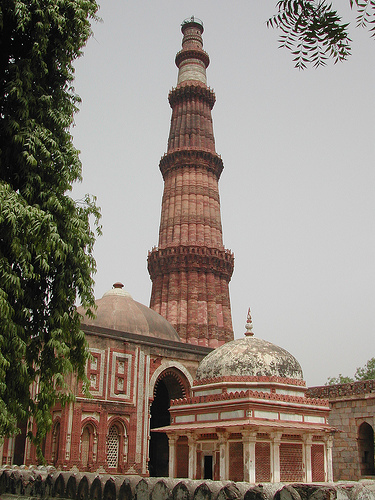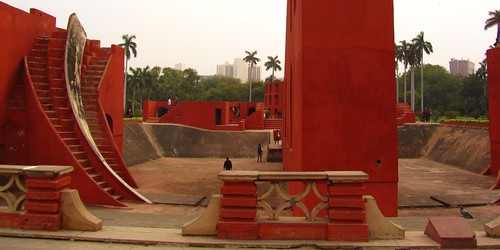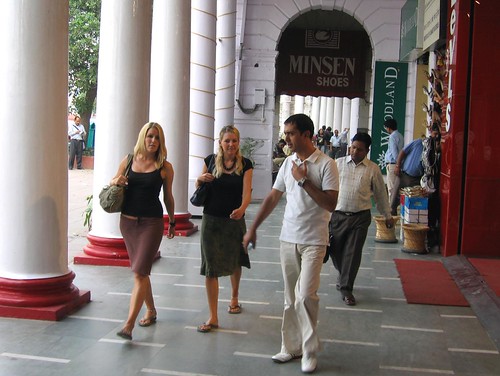India being a land of diversity has numerous clans following various cultures. Each culture relates to different languages. Owing to these varied cultures, there are over hundreds of different languages and thousands of dialects spoken in the country. Many languages have been in existence in India since ancient times while some of which have even become extinct.
India is known for its unique cultural heritage. This heritage comes from different cultures that Indian has and much has to do with the various Indian languages. The languages in India are classified according to the regions of the country. A major part of India speaks and uses the Indo-Aryan languages since majority of the people in India belong to the Aryan race. After this race, the Dravidians rank second in the country. These languages are being in use majorly in the southern part of the country. Other languages include the Iranian languages which have intruded in the country though the north-western neighboring countries of India. The north eastern top border belt has the Tibeto Burman languages in existence owing to the neighboring countries there. Though India has a host of regional and local languages, the Hindi language, using the Devanagri script is used for almost half of the languages in the country. This is the major reason for declaring Hindi as the national language in India. All of the central government legislatures and workings as well as the Supreme Court proceedings are conducted in Hindi.
The roots of the various language families in India are rooted deep into the pages of history. The majority Indo-Aryan language family has Indo-European roots and also Indo-Iranian or Indo Arab roots. These languages were developed when the European and Persian rulers and kings captured parts of India. These rulers emphasized there languages over their conquered territories which then became an integral part of the lands. The national language of India-Hindi is a good example of modification and mixing of these languages with the original primitive language of India which was the Sanskrit language. Hindi language is an outcome of the fusion of Sanskrit with the Persian and Iranian languages. The major part of the northern region based languages including Hindi is based majorly upon Urdu along with hints of Sanskrit. With the development, the Sanskrit dominance over the northern languages has decreased to a great extent and thereby the Urdu influence has been increased. As Urdu language itself was derived from Persian language, it is safe to say that the northern languages or the Indo-Iranian languages have a Persian influence.
Yet another family of languages which is the second largest family amongst the Indian languages is the Dravidian language family. This family of languages is widely spread within the southern part of India. Many of the languages from this family are developed as an outcome of the modification of the Tamil language which is also a primitive language dating back to the similar time of Sanskrit. As opposed to Sanskrit which was widespread within the major part of India, the Tamil language was well known only in the southern part. The script of majority of Dravidian languages is based upon the Tamil script itself. The case of many Dravidian languages is similar to those of the Indo-Iranian languages. Just the difference is that the intruding language is Sanskrit while the base language was Tamil.
Learn Gujarati in English
Along with these language families there are other language families which are not that widespread in the country but have relations with the pages of history of the country. These languages include the Tibetan Burman language family which is widely used in the north eastern boundary of India. Yet another example is the Ongan language family which was used in the Andaman and Nicobar areas and is still used in some places of the island.
The country not only has a large number of ancient languages, many of these languages are still spoken today in many parts of the country. The language will change from state to state. Out of all these various languages, Hindi is the most widely spoken and will be the one that you need to learn a few words if you wanted to visit India.
Hindi Words for Babies and Toddlers. Hindi Words From A to Z in English. Picture Book: Easy to Learn Hindi words for Bilingual Children.













